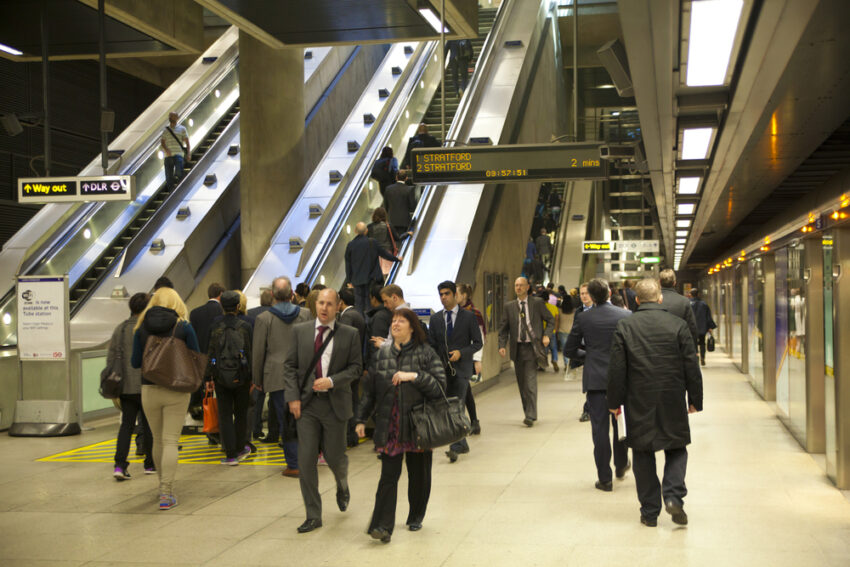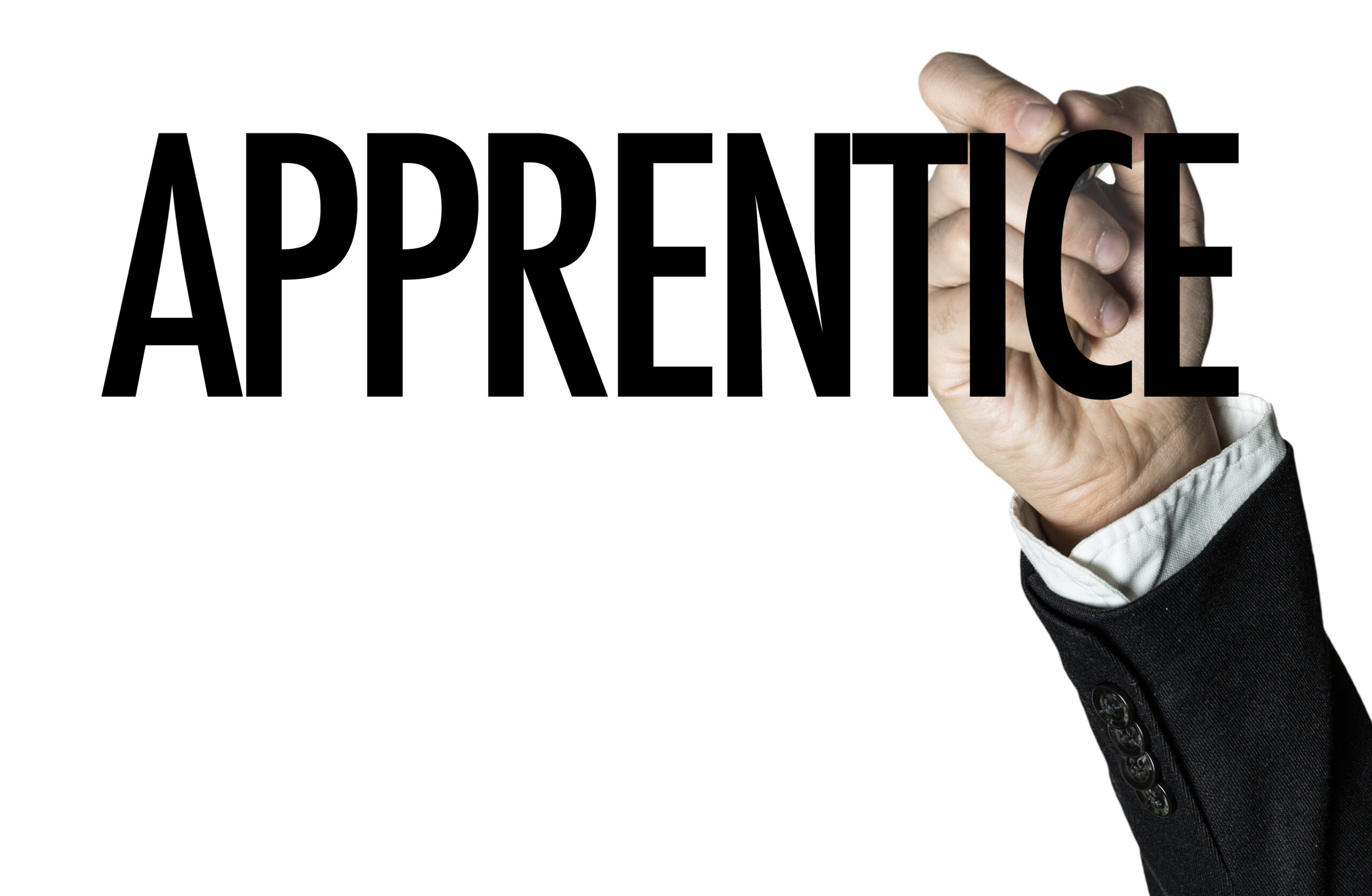Massachusetts struck a deal with Uber and Lyft for minimum pay. Drivers say they’re still getting shortchanged
Michael Moya started driving for Uber and Lyft in 2019, back when he was living in Florida. He liked it for a while. It provided flexible hours, which was a major advantage for the father of three. And the money was pretty good: He could easily $300 in a six-hour shift. He’s since moved to Massachusetts, and things have recently gotten much worse. Thanks to falling pay rates, to make $300, he now puts in about 12 hours. He’s working “pretty much every day” just to make that kind of money. “I don’t have time to be with [my kids] because I have to be putting more hours into work,” he says. Pay for Uber and Lyft drivers was supposed to improve after the state’s attorney general, Andrea Campbell, inked a settlement with the companies this summer that requires they pay a minimum of $32.50 when drivers from when drivers are assigned a ride until they drop someone off. The deal also mandated an ability to earn paid sick leave and that they receive stipends for paid family leave and health insurance, and it ordered the companies to pay $175 million to drivers to resolve allegations of violating state wage and hour laws. What the settlement doesn’t touch, though, is whether or not drivers like Moya are employees, or if they can legally be classified as independent contractors. That represents a huge disappointment for some drivers who have been lobbying for employee status as far back as 2020—with Campbell’s predecessor, Maura Healey. It was, in fact, Healey who announced the lawsuit in 2020 and sought a court ruling that drivers had been misclassified as independent contractors under existing state law. “It was extremely disappointing,” says Kelly Cobb-Lemire, an organizer with Massachusetts Drivers United. “It didn’t settle classification, which was the entire premise of the lawsuit.” Campbell’s office acknowledged that reaction. “We can understand, given where we started with the lawsuit, there would be some disappointment from some drivers that we weren’t able to achieve the original goal, but it was not achievable,” says Abigail Taylor, Massachusetts’ deputy attorney general. “It was always our goal to get the best deal we could possibly get for drivers. If that wasn’t going to be employee status, it was going to be the strongest deal that wasn’t employee status and we feel we got that.” A spokesperson for Lyft said in a statement that drivers are now already receiving extra funds if their earnings fall below the new minimum standard. “As these benefits continue to roll out into next year, we’ll keep drivers updated on how best to access them,” the spokesperson said. A spokesperson for Uber added that the company emailed all active Massachusetts drivers at the time of the agreement and posted the details on the corporate blog. “We also emailed drivers again as we have approached the launch of each individual benefit,” the Uber spokesperson said. “In total, there have been three emails sent to MA drivers so far.” Even with a supposed minimum wage enshrined by the attorney general’s settlement, drivers aren’t entitled to a number of core workplace benefits. “Almost all of the rights and protections people get at work are based on an employment relationship,” says Laura Padin, director of work structures at the National Employment Law Project. Employee status includes overtime pay, access to unemployment insurance and workers comp, as well as a right to things like paid leave. That’s a big deal in Massachusetts, which has set a $15 minimum wage and mandated paid sick leave and paid family leave. Instead, the deal Campbell reached resolves her office’s litigation over state law, avoids a court ruling that had been widely expected to be in her and drivers’ favor, and blocks her office from pursuing the matter again in the future. Now drivers are at odds about what comes next, including whether to support a ballot measure going before state voters in November that Uber and Lyft have promised not to fight. If it passes, it would create a first-of-its-kind path to unionization for rideshare drivers, but drivers themselves fear there will be a lack of democratic control in the unionization process and the possibility that Uber will try to exert its power over the effort. All the while, employee status remains an unsettled matter. ‘It’s an improvement, obviously’ Had Campbell gone to court, it was widely expected she would have gotten a ruling in favor of drivers being employees. That would have been significant for drivers even outside of Massachusetts. “A win in the courts would have sent a message that the core of these corporations’ business model is illegal,” Padin says. But Campbell had been essentially boxed in by the companies. They were pursuing five different ballot measures for November that, if passed, would have codified their ability to treat drivers as independent contractors while giving drivers “fewer rights and benefits than employees,” Padin says. The companies

Michael Moya started driving for Uber and Lyft in 2019, back when he was living in Florida. He liked it for a while. It provided flexible hours, which was a major advantage for the father of three. And the money was pretty good: He could easily $300 in a six-hour shift.
He’s since moved to Massachusetts, and things have recently gotten much worse. Thanks to falling pay rates, to make $300, he now puts in about 12 hours. He’s working “pretty much every day” just to make that kind of money. “I don’t have time to be with [my kids] because I have to be putting more hours into work,” he says.
Pay for Uber and Lyft drivers was supposed to improve after the state’s attorney general, Andrea Campbell, inked a settlement with the companies this summer that requires they pay a minimum of $32.50 when drivers from when drivers are assigned a ride until they drop someone off. The deal also mandated an ability to earn paid sick leave and that they receive stipends for paid family leave and health insurance, and it ordered the companies to pay $175 million to drivers to resolve allegations of violating state wage and hour laws.
What the settlement doesn’t touch, though, is whether or not drivers like Moya are employees, or if they can legally be classified as independent contractors. That represents a huge disappointment for some drivers who have been lobbying for employee status as far back as 2020—with Campbell’s predecessor, Maura Healey. It was, in fact, Healey who announced the lawsuit in 2020 and sought a court ruling that drivers had been misclassified as independent contractors under existing state law.
“It was extremely disappointing,” says Kelly Cobb-Lemire, an organizer with Massachusetts Drivers United. “It didn’t settle classification, which was the entire premise of the lawsuit.”
Campbell’s office acknowledged that reaction. “We can understand, given where we started with the lawsuit, there would be some disappointment from some drivers that we weren’t able to achieve the original goal, but it was not achievable,” says Abigail Taylor, Massachusetts’ deputy attorney general. “It was always our goal to get the best deal we could possibly get for drivers. If that wasn’t going to be employee status, it was going to be the strongest deal that wasn’t employee status and we feel we got that.”
A spokesperson for Lyft said in a statement that drivers are now already receiving extra funds if their earnings fall below the new minimum standard. “As these benefits continue to roll out into next year, we’ll keep drivers updated on how best to access them,” the spokesperson said.
A spokesperson for Uber added that the company emailed all active Massachusetts drivers at the time of the agreement and posted the details on the corporate blog. “We also emailed drivers again as we have approached the launch of each individual benefit,” the Uber spokesperson said. “In total, there have been three emails sent to MA drivers so far.”
Even with a supposed minimum wage enshrined by the attorney general’s settlement, drivers aren’t entitled to a number of core workplace benefits. “Almost all of the rights and protections people get at work are based on an employment relationship,” says Laura Padin, director of work structures at the National Employment Law Project. Employee status includes overtime pay, access to unemployment insurance and workers comp, as well as a right to things like paid leave. That’s a big deal in Massachusetts, which has set a $15 minimum wage and mandated paid sick leave and paid family leave.
Instead, the deal Campbell reached resolves her office’s litigation over state law, avoids a court ruling that had been widely expected to be in her and drivers’ favor, and blocks her office from pursuing the matter again in the future.
Now drivers are at odds about what comes next, including whether to support a ballot measure going before state voters in November that Uber and Lyft have promised not to fight. If it passes, it would create a first-of-its-kind path to unionization for rideshare drivers, but drivers themselves fear there will be a lack of democratic control in the unionization process and the possibility that Uber will try to exert its power over the effort. All the while, employee status remains an unsettled matter.
‘It’s an improvement, obviously’
Had Campbell gone to court, it was widely expected she would have gotten a ruling in favor of drivers being employees. That would have been significant for drivers even outside of Massachusetts. “A win in the courts would have sent a message that the core of these corporations’ business model is illegal,” Padin says.
But Campbell had been essentially boxed in by the companies. They were pursuing five different ballot measures for November that, if passed, would have codified their ability to treat drivers as independent contractors while giving drivers “fewer rights and benefits than employees,” Padin says. The companies have spent big on such efforts before; they dropped $200 million on a ballot measure in California that ultimately carved their workers out of state employment law. Campbell’s office assumed the companies would similarly spend big on the ballot measures in November. Had they prevailed, their measures would have erased the outcome of any court ruling that had found drivers are employees under previous state law. As part of the settlement, the companies agreed to drop all of their ballot measures.
“We would have gotten a judgement from a court that would have said the drivers were in fact employees but no driver would have ever seen the benefit,” Taylor says, “because the ballot initiative would have changed the law. For that reason, we thought it was important to get as much as we could for drivers.” She added that what the settlement did secure was “the strongest package of benefits and protections passed anywhere in the country.”
“[The settlement] is an improvement, obviously,” Cobb-Lemire says, but leaves the question of employee status “in limbo.” Drivers can’t pursue it themselves because they’re bound by arbitration clauses in their employment contracts that keep them from suing the company over employment rights in court; there aren’t other state agencies to pursue the matter on their behalf besides the attorney general.
And the minimum hourly pay that Campbell secured won’t benefit many of the veteran drivers who are working full time. After driving for Lyft in Massachusetts for close to two years, Ryan Francis knows how to “drive smart” and only accept the rides that pay him enough to make the mileage worth it, which means he earns more than the minimum. He thinks the only people who will benefit from the minimum rate are newer drivers who accept any and all rides they’re offered, no matter how poorly the math works out for their pay. Instead, Francis argued, all drivers should reject the rides that don’t net out to fair compensation so the companies would be forced to stop offering them.
The flexibility that attracts many drivers to Uber and Lyft doesn’t have to come at the expense of employee status; many employees, from retail clerks to nurses, pick hours that fit into their schedules. “There are plenty of employees who have flexibility,” Padin says.
For his part, Moya isn’t interested in being classified an employee. But the new minimum wage secured by Campbell won’t help him, he says. He noted that he doesn’t work by the hour, but by the mile; the new wage doesn’t account for any time he spends driving to pick someone up or return from a ride, nor for the cost of gas or car maintenance. Since the settlement, he says, he has gotten hour-long rides for which he makes exactly $32.50 and no more, no matter how far he drives. What he and the drivers he’s organizing want, he says, is to get paid at least 70 percent of each fare.
‘We’re not being heard’
Shortly after announcing her deal with Uber and Lyft, Campbell endorsed Question 3, a ballot measure that would create a form of unionization for rideshare drivers without touching on the question of employee classification. It’s backed by the Service Employees International Union (SEIU) and the International Association of Machinists and Aerospace Workers. The idea is to give workers a unique legal path to unionization so they can “collectively bargain around the issues they face every day working for companions like Uber and Lyft,” says Roxana Rivera, assistant to the president of SEIU Local 32BJ. SEIU has experience organizing workers to advocate outside of the traditional union model, such as sectoral bargaining for nursing home workers and the Justice for Janitors campaign that includes members across workplaces to pressure companies.
But Moya, who supports the idea of a union, feels just as unheard in the ballot measure as he did with the attorney general settlement. “They also make this decision without consulting us,” he says. “We’re not being heard.”
Cobb-Lemire worries that the ballot measure will allow for Uber-backed unions and that it won’t be democratic or transparent. If it passes, a union will only have to organize a small share of drivers in order to become the representative for all of them and block any attempts by other unions.
Rivera countered that the goal is to “establish a very democratic process,” and says SEIU will work to be the union representative for drivers. “We are willing to put the resources in and the commitment in a very difficult industry,” she says.
Moya and Cobb-Mire fear, however, that the Independent Drivers Guild, a partnership between the Machinists and Uber that receives funding from the company and has used aggressive tactics in the past, will swoop in and become the designated union. If the union representative gets funds from the companies, Moya says, “What kind of rights and what kinds of benefits are they really going to fight [for]?”
Rivera says SEIU is working with the Machinists but not the IDG. An SEIU communications representative pointed out that Question 3 explicitly excludes company unions, defined as those created by or controlled by one of the companies, including through funding. But he couldn’t say whether the IDG would be barred since the details about Uber’s payments to the group are scarce.
Moya has already been subjected to aggressive IDG tactics, he says; one of their organizers initially invited him into her What’s App group for drivers and then abruptly removed him after he suggested they turn off their apps and strike for a few hours to protest the small share of fares they were receiving, according to screenshots shared with Fast Company. Afterward, she posted a photo of him in the group and a voice message below it calling him, in Spanish, a “Dominican scoundrel.” It’s made him feel targeted, particularly given the thousands of members of the group. “If this is happening before the actual union,” he says, “what’s going to happen when these people get that power?”
Cobb-Lemire also objects to Question 3 because it leaves out many gig workers who aren’t rideshare drivers—people who work for Instacart and DoorDash, for example. “We want it to be all app-based drivers,” she says.
But even with their qualms about it, drivers opposed to Question 3 expect it to pass because no unions or other groups are formally campaigning against it. “We have to agree with it and then just fight better on our unionization,” Francis says.
The best option, says Cobb-Lemire says, is to keep fighting for state legislation that “enshrines employee rights for all app-based drivers, including unionization.”






















